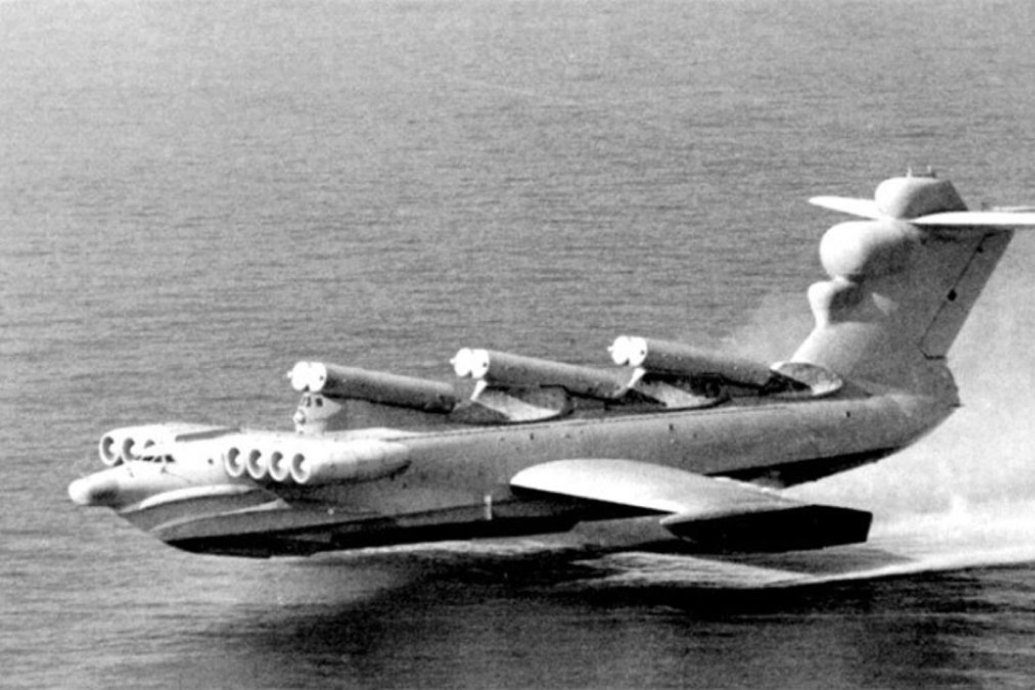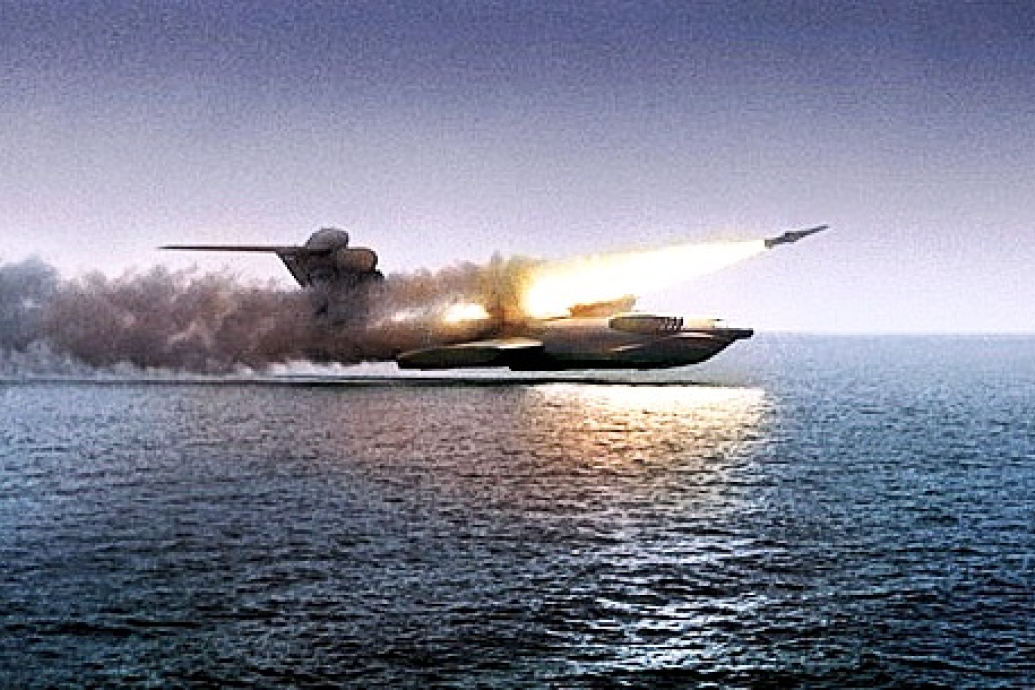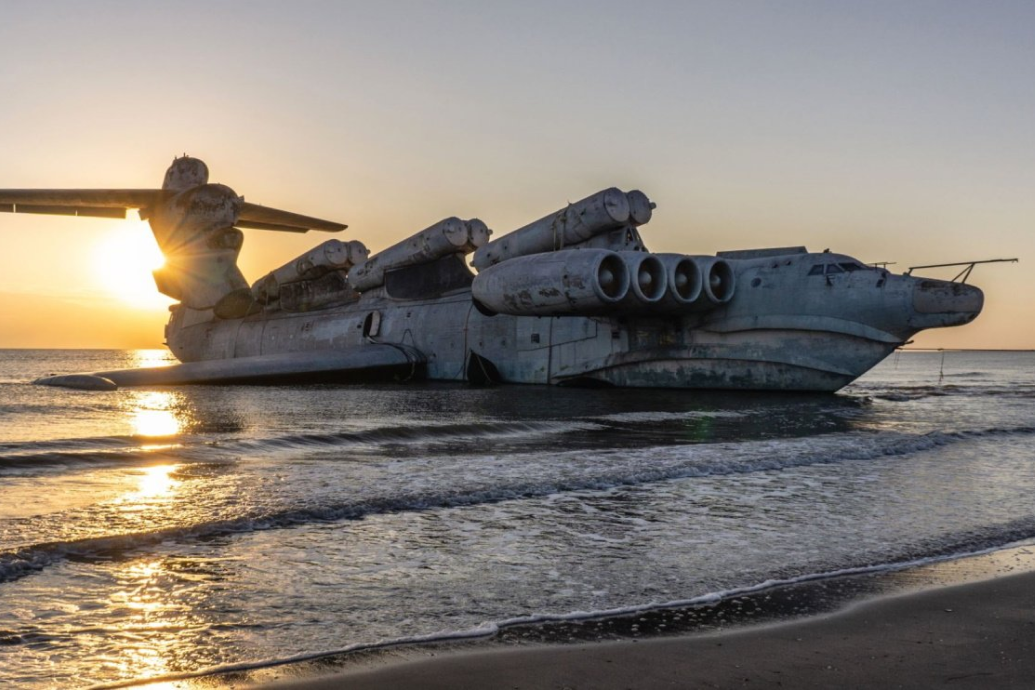The Ekranoplan - The Colossal Soviet-era Aquatic Plane that Never Was

With its short wingspan, the top-secret Soviet naval ship looks more at home beneath the waves than above them. Classified as a ship by the International Maritime Organization, the 350-ton Lun-class Ekranoplan flies just a few metres above the waves at speeds of up to 550 kilometres per hour. But just one ship was ever launched.
Named after the Russian word for the harrier, the bird of prey, the Ekranoplan had six nuclear missiles along its spine. Each missile was powerful enough to destroy an aircraft carrier. Flying just one-to-five metres above the waves, it could also evade aircraft radar and ship torpedoes. The combination of stealth and speed made the Ekranoplan an military vehicle. In 1987, the first Ekranoplan entered into service of the Soviet Navy.

In Service of the Soviet Navy
Renown Soviet designer, Rostislav Evgenievich Alexeyev, already famous for his pioneering work on the hydrofoil, came up with the design for the Ekranoplan. The ship made use of the ground effect, “a cushion of high pressure that forms under the wings of extremely low-flying aircraft”. The ship’s proximity to the ground reduces drag, which in-turn increases speed and fuel efficiency.
But, the Ekranoplan had several key drawbacks. It could not fly when seas were even mildly rough. It also could not ascend to higher altitudes. The requirement for calm seas to operate and inability to fly above them when they weren’t, limited the ship’s usefulness from the very beginning.

Relegated to the Rust Heap of History
Just one Ekranoplan was ever built. As the Cold War wound down, the almost completed second ship was reassigned. Named Spasatel or “Rescuer”, it was to be a mobile field hospital, available for rapid deployment to any coastal or open-sea location. It was 90% complete when the Soviet Union collapsed in 1991. The ship was abandoned soon after, following the cancellation of the program. The only working Ekranoplan was also removed from service soon after. For the next three decades, the “aircraft carrier killer” sat behind lock and key at the Kaspiysk Naval Base in Dagestan.
In July 2020, it was towed 100 kilometres to the Russian city of Derbent. The Ekranoplan was to be the main attraction at Patriot Park, a new museum and theme park. During its towing, the Ekranoplan became stuck on a sandy beach. Unable to free the ship, a permanent guard was placed on watch. Exposed to rough waves, the Ekranoplan began taking on water in its hull. In December 2020, a recovery operation moved the Ekranoplan to dry land to avoid further damage. It remains there today, a tribute to the Soviet empire and its brilliant scientists, who built great things.






